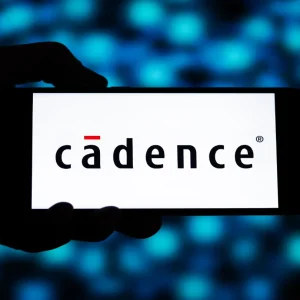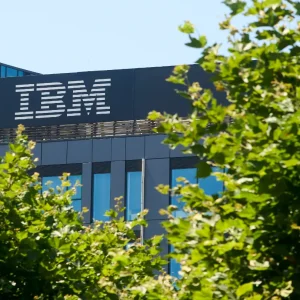Nokia has unveiled its latest Lumia smartphone and first Microsoft Windows Phone 8 product which it hopes will break into the Google Android and Apple iOS dominated market.
The Finnish phone maker has been struggling of late, but the new device looks very competitive – the key hardware differentiator for Nokia is its camera, which will use its proprietary Pureview system first seen on the Pureview 808 phone released earlier in the year – which was stuck on Nokia’s failed Symbian operating system.
The Lumia 920 will sport a 8.7MP camera, with Carl Zeiss optics and image stabilisation. It will also record video in 1080P at 30FPS. The front facing camera will be at 1.2MP.
Lowlight photography and image quality have long been problems for smartphones, which are multi-tasking devices and hardly specialised to handle the rigours of high resolution photography. Nokia wants to change that, claiming its technology is comparable to an SLR camera in quality. While a bit hyperbolic, it is certainly an improvement on most cellphone cameras.
"Nokia PureView continues to deliver cutting-edge technology to make it possible for a smartphone camera to take the kind of images usually only seen on a standalone SLR camera," said Jo Harlow, executive vice president of Nokia Smart Devices.
"With the Nokia Lumia 920 we have made it possible to shoot pictures and video at home, outdoors, in a restaurant or even at night, and come out with professional-looking results."

Nokia Lumia 920 – stylish, but can it win over fanboy hearts?
The Lumia 920 will feature a 4.5-inch screen at 1280×720 resolution. Its processor will be a dual core Qualcomm Snapdragon S4 running at 1.5Ghz, with 1GB of RAM. No mention was made of GPU cores, but the device will sport 32GB of onboard storage standard, and will be 4G LTE and HSPA+ (3.5G) compatible. The battery is a 2000mAh with wireless charging – no battery or charge times were announced (for comparison, the iPhone has a 1432mAh battery with a 8 hour talk time on 3G).
Nokia has not announced any release dates, or prices making it difficult to get an impression on the device’s quality or value. The Lumia 800 (its Windows Phone 7.5 generation predecessor) cost £400 on launch (without a plan), so comparable pricing is expected. Nokia may be waiting to see how the iPhone 5 is priced.
The Lumia 820 – the mid-market ‘little brother’ of the Lumia 920 has a smaller (4.3-inch) lower res (800×480) screen, a non-Pureview 8MP camera a 0.2 front facing camera and just 8GB storage. It does however support micro-SD cards.
The 920 will come in yellow, red, grey, white and black, the 820 in red, yellow, grey, cyan, purple, white and black.
Nokia has also been hard at work on the software end, claiming non-specific updates to Nokia Drive (its GPS driving software) and has introduced Nokia Lens a form of Augmented Reality that will focus on restaurants, cafes and facilities – similar to competing apps.
In the App Store context, Nokia has arranged for an exclusive on Angry Birds Roost, the latest in the popular video game franchise, for 3 months. It will also come free with Whatsapp, the popular OTT messaging service, and other short terms exclusives on apps such as Michelin (travel), Yousendit (NFC file transfer), StyleSaint (fashion), Bloomberg Hub, and The World of Red Bull (sports). This has traditionally been a failing of all the mobile platforms competing with Apple and Google.
The release is an incredibly important one for Nokia, as its last generation of devices failed. The company quit its own operating system in early 2011 in the face of dwindling market share, and bet big on Microsoft’s Windows Phone platform. Windows Phone 7.5 was a failure and hurt Nokia and Microsoft’s image in the sector – especially as it is non-upgradeable to the new 8 OS, even though it had only been on the market for a matter of months.
However, Windows Phone 8 is part of a cross-vertical strategy by Microsoft, and will integrate with the Xbox 360 and Windows 8/RT its new computer operating system – which should see increased developer support. Microsoft has also been pursuing other phone-makers to help support its new OS, including HTC and Samsung, which unveiled the first Windows Phone 8 device last week.






